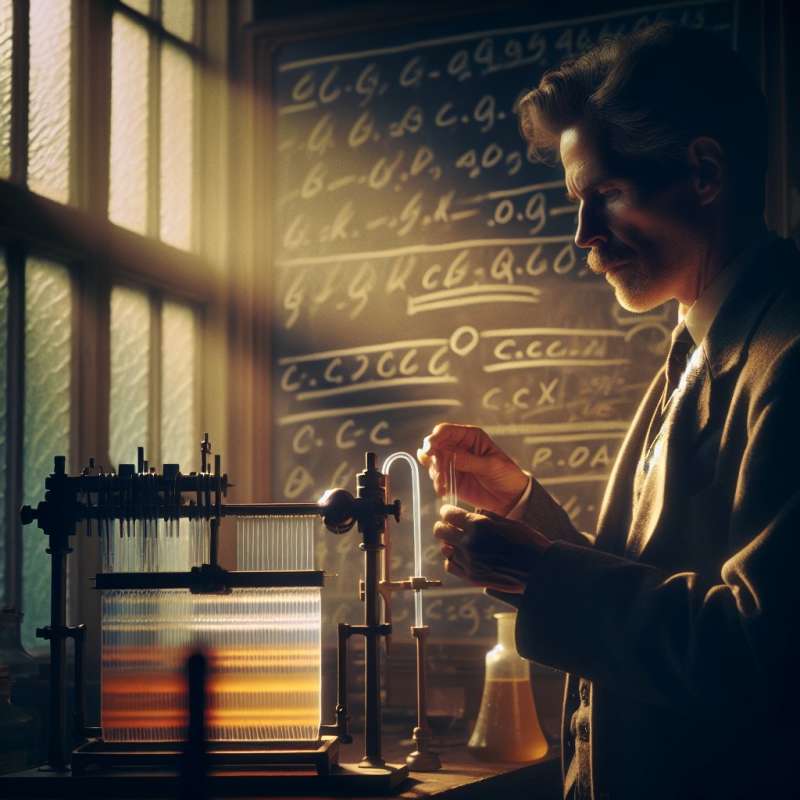
What is DNA Sequencing?
DNA sequencing is deciphering the exact order of nucleotides within a DNA molecule. It's pivotal for understanding genetic makeup, guiding precision medicine, and advancing evolutionary biology.
Sanger Sequencing Method
Developed in 1977 by Frederick Sanger, this method uses selective incorporation of chain-terminating dideoxynucleotides. It's considered the first-generation of sequencing technologies, providing the blueprint for the Human Genome Project.
Next-Generation Sequencing
Next-Gen Sequencing (NGS) revolutionized genomics by simultaneously processing millions of sequences. This massively parallel approach drastically reduces time and cost compared to Sanger's method.
Third-Generation Advances
Third-generation sequencing technologies, like single-molecule sequencing, offer real-time data and don't require PCR amplification, minimizing errors and biases while detecting longer DNA reads.
Optical Mapping Unveiled
Optical genome mapping, a novel approach, visualizes long DNA molecules using fluorescent tags. Unlike sequencing, it identifies structural variations and complex rearrangements, complementing sequencing data.
Sequencing Beyond Genomics
DNA sequencing isn't confined to genomics. It's used in forensic science, environmental biodiversity assessments, and even in tracking the spread of infectious diseases like COVID-19.
Future: Sequencing & AI
Artificial Intelligence is poised to transform DNA sequencing. By enhancing data analysis, AI can uncover patterns in genetic data more efficiently, heralding a new era of genomic insights.
What does DNA sequencing determine?
Protein structures in cells
Order of nucleotides in DNA
Number of chromosomes present
Company